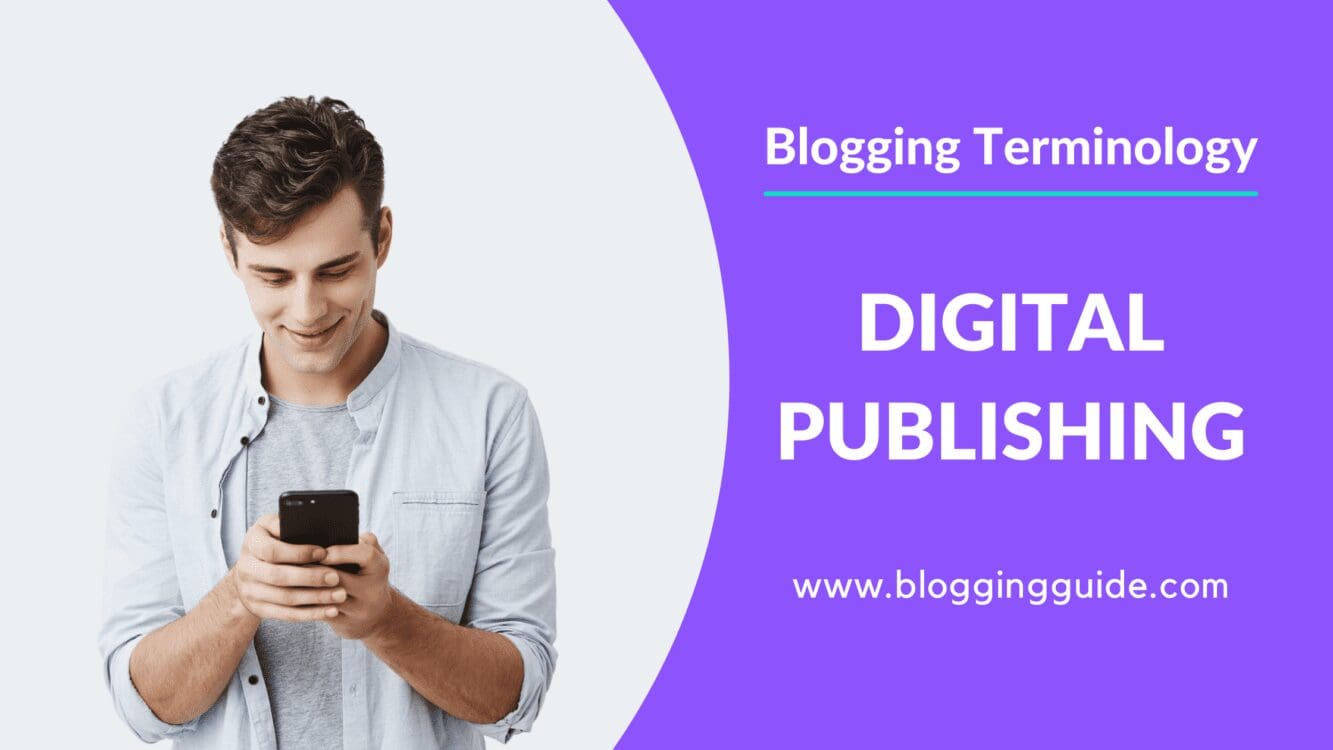Disclosure: Some of the links below are affiliate links, meaning that at no additional cost to you, I will receive a commission if you click through and make a purchase. For more information, read our full affiliate disclosure here.
Digital publishing includes the digital publication of e-books, digital magazines, and the development of digital libraries and catalogues. It also includes an editorial aspect, that consists of editing books, journals or magazines that are mostly destined to be read on a screen (computer, e-reader, tablet, smartphone).
Amazon.com’s E-reader, Kindle, and their self- publishing platform, Kindle Direct Publishing, are part of digital publishing. People create games and apps and have them published in the Google Play Store. Musicians record their music into MP3 files and upload them to iTunes which will digitally publish their music and make it available to iPods, iPhones, and other players.
When you listen to Pandora, Spotify, or any other online music service, you take advantage of their distribution network which is a form of digital publishing. When you look at digital images created in Adobe Illustrator or Adobe Photoshop, you see artwork that has been digitally published.
Blog platforms like WordPress or social media platforms like Twitter or Instagram make available to everyone the necessary tools for digital publishing. Each time someone posts a picture to Instagram or Snapchat, publish a tweet or share your thoughts on Medium, they are engaging in an act of digital publishing. And they are doing it in large numbers: each day, 95 million pictures and videos are shared in Instagram, and 500 million tweets are sent.
The medium of digital publishing is different than conventional forms of publishing, but that isn’t where the differences end. In digital publishing ebooks, you aren’t restricted by the length of the work as you would in conventional publishing. Conventional novels can be anywhere from 50,000 words to more than 300,000. Ebooks, however, can be any length the author feels is appropriate.
In newspapers and magazines, the concern used to be about how many inches the article can be in order to fit in advertisers. Digital publishing is the new freedom has encouraged experimentation with new story formats.
They also don’t have the constraint of having to fill a determinate number of pages. From a digital newspaper site, you can access all the articles ever published on their print edition. The same can be said for music and videos released on the Internet.
At the same time, publication time has been slashed to almost nothing. Publishers no longer have to wait for production lag times. Because of this, digital media can be published quickly, usually with no more delay than one or two days once the production editing is completed.
In this way, digital publishing continues to expand and grow. 25% of all book sales in 2018 were for ebooks, up from 12% in 2013. Streaming music represents 75% of the music industry revenue. Three-quarters of subscribers to newspapers like the Financial Times and the New York Times are paying for digital-only subscriptions, and even local newspapers like the Boston Globe have more digital than print subscribers.
The growing market for digital publishing is showing no signs of slowing down. New writers are discovering an organic and accessible publishing power with a near unlimited audience. Amazon, e-books and applications like Create Space have opened up fresh avenues for authors to gain recognition for their work.

Digital technologies gave self-publishers opportunities to build their businesses and careers on an unprecedented scale. This path is the best choice for aspiring authors, writers and storytellers – their options to independently create and distribute the publications are virtually limitless, no matter what they want to publish.
It is possible because technology companies which build digital publishing platforms continue to improve their online newsstands features and aim to extend beyond publishing services by offering e.g. SEO audit.
Familiar with the book “50 Shades of Grey”?
The author, E.L. James self-published the story first on fanfiction sites and then on her website before switching to a self-published ebook and print-on-demand physical edition.
But saying that self-publishing will be a trend is only half of the truth – along with this, the subscription model of selling books will enjoy a significant growth in 2023, as the passion economy continues to expand.




